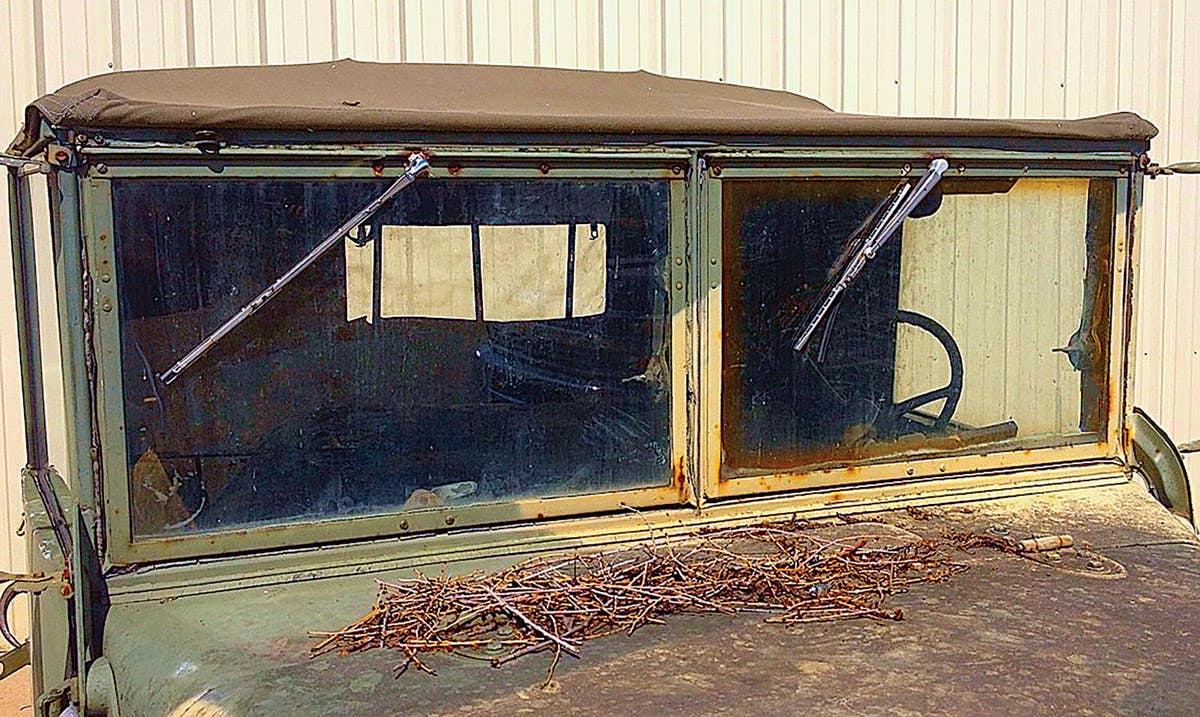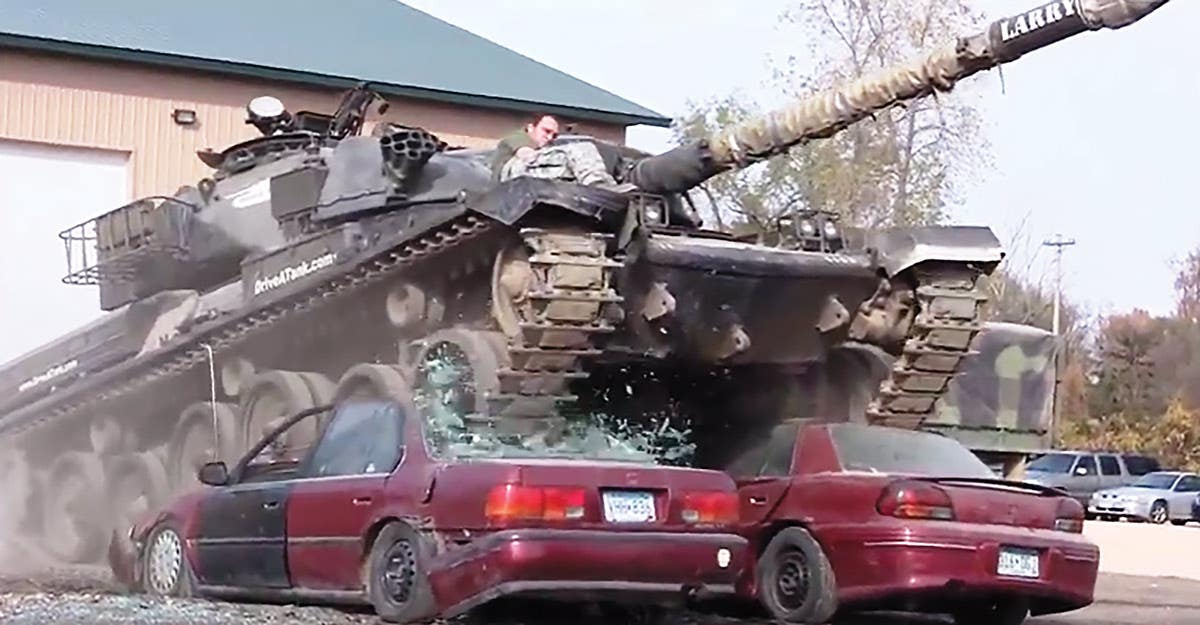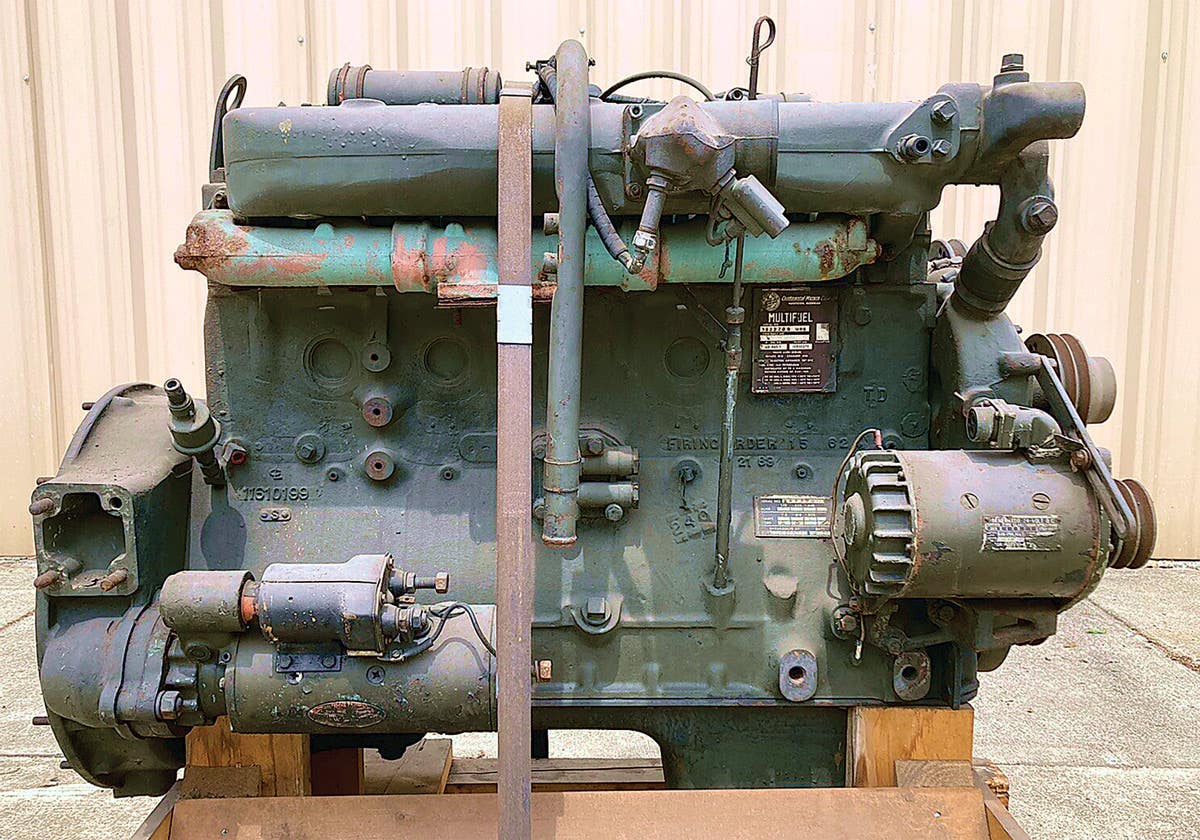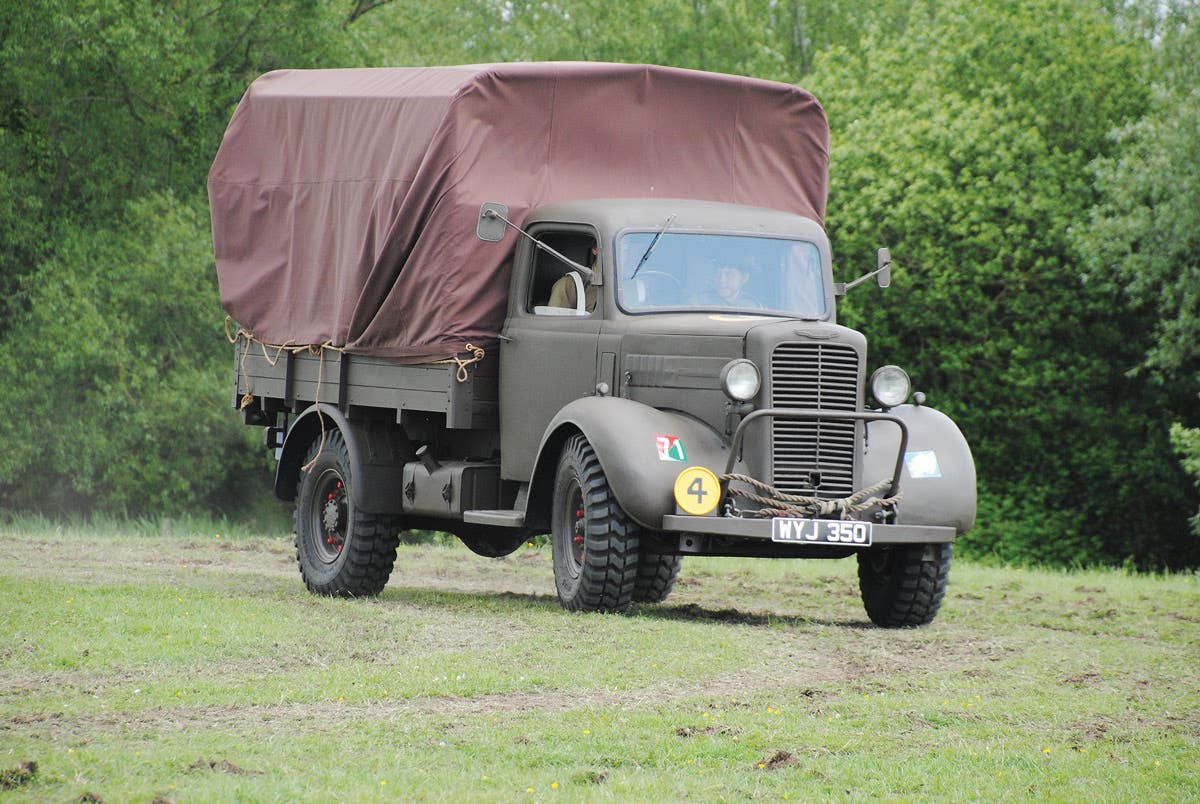USSR Reconnaissance Vehicle: The BRDM-2
by John Norris Large armies develop faster and are better equipped with the latest weaponry and vehicles because they have the budget that allows them to do so. During the…
by John Norris
Large armies develop faster and are better equipped with the latest weaponry and vehicles because they have the budget that allows them to do so. During the period of the “Cold War” that existed between NATO and the former Warsaw Pact of Eastern Bloc countries, there was an almost non-stop development to replace aging equipment and vehicles as each side tried to stay ahead in the power stakes.
As the dominant country in the Warsaw Pact, the former Soviet Union took the lead in almost all the development of vehicles and equipment much of which was sold on to client states. One such vehicle to emerge in the 1960s was the BRDM-2, the replacement for the BRDM-1 (sometimes known as the BTR-40P) that entered service in 1959.
The new vehicle was seen in public for the first time in 1966, but it is believed to have entered service in 1962. Like its predecessor, it was to serve in the reconnaissance role.
Designed by V.K. Rubtsov it was built by Gorkovsky Avtomobilny Zavod (GAZ), the vehicle would be used by countries such as Poland, Egypt, Bulgaria and Yugoslavia along with other countries and, of course, the Soviet Army itself. In fact, some 35 countries would eventually use the BRDM-2, some of which are still in current service.
NOT JUST A RECON VEHICLE
The initials “BRDM” stand for “Boyevaya Razvedyvatelnaya Dozornaya Mashina” which translates to mean “Combat reconnaissance/Patrol Vehicle.” Like many similar vehicles at the time and since, the BRDM-2 was developed into a series of variants to operate in other roles.
One variant was known as the BRDM-2U Command Vehicle. It did not have the turret of the standard design and was fitted with extra radio equipment, aerials and a generator.The BRDM-2-rkh was a specialist vehicle designed to identify contamination from nuclear and chemical sources.
A third version was the BRDM-2 “Sagger.” It carried six launching rails for the wire-guided Sagger anti-tank missile in place of the standard turret. The Sagger missile weighed 11kg, with a diameter of 120mm and measured 815mm in length. It could be used to engage targets between 500m and 3,000m maximum and the warhead could penetrate 400mm of armour. A total of eight reload missiles were carried inside the vehicle.
The last version of the BRDM-2 was as an anti-aircraft vehicle for which a special launcher was mounted to allow eight SA-7 Strela or “Grail” missiles to be fired. This version was used by the Egyptian army during the 1973 war against Israel. A variant was developed to allow the more powerful SA-9 “Gaskin” anti-aircraft missile to be fired.
When one considers the capabilities of this vehicle, it is easy to understand why it was developed into other roles and serve as a weapons platform from which to fire anti-tank and anti-aircraft missiles.
TECHNICAL DETAILS
Sometimes known as the BTR-40-P2 or BTR-40PB to identify it as a missile carrying vehicle, the BRDM-2 was constructed using an all-welded design with armor protection 10mm thick. In keeping as a replacement vehicle the BRDM-2 was more powerful than the BRDM-1 it took over from in the reconnaissance role and was fitted with a water-cooled GAZ-41, V-8 petrol engine that developed 140 hp at 3,400 rpm to produce road speeds up to 62 mph. The engine was mounted to the rear and with a fuel capacity of almost 64 gallons the BRDM-2 had an operational range of 466 miles. Some early versions were fitted with twin M-21 four-cylinder engines, each of which developed 70 hp at 4,000 rpm, but the GAZ-41 was standardised for the rest of the fleet.
The vehicle was fully amphibious, being fitted with a single water jet at the rear to provide speeds of just over 6 mph. Before entering water obstacles such as rivers, the bilge pump was turned on and the trim vane erected at the front of the hull to keep it buoyant and give better control.
Even though it was a four-wheeled design, the BRDM-2 could cope quite well with other obstacles such as trenches with spans up to 4 feet in width and vertical obstacle of 29 inches in height and gradients of 60%. Ground clearance was low with barely 12 inches, but to prevent “grounding” when negotiating very rough terrain, the vehicle was fitted with a pair of “belly wheels” which could be lowered to provide traction.
A crew of four operated the vehicle in its reconnaissance role but for the anti-tank “Sagger” missile version, a crew of two operated the vehicle allowing extra room for reload missiles to be stored.
The vehicle measured 18 feet, 10 2/5 inches in length, 7 feet, 8 1/2 inches in width, and 7 feet, 7 inches to the top of the turret. It was armed with a single KPVT heavy machine gun of 14.5mm calibre with a 7.62mm calibre PKT machine gun mounted coaxially for which 500 rounds and 2,000 rounds were carried, respectively. When fully loaded for combat, the vehicle weighed 6.8 tons. The turret was the same type as fitted to the BTR-60PB APC and could be traversed by hand through 360 degrees. Both weapons could be elevated to +30 degrees and depressed to -5 degrees allowing a wide range of targets to be engaged.
The vehicle was fitted with infra-red driving lights, searchlight and sights for the guns to allow night operations. A full nuclear, biological and chemical protection system was fitted to allow the crew to operate in all conditions.
The turret had no hatch access, being sealed over with a single piece of armor. The crew entered and exited the vehicle through two hatches located on the deck in front of the turret. The windscreen for the driver’s position and the vehicle commander could be covered by armored screens when going into battle. For observation in such conditions the driver and commander would use periscopic sights.
Production ended in 1989 by which time some 7,200 vehicle had been built. A number of countries used their BRDMs in combat and the Soviet Army used them during the involvement in Afghanistan between 1979 and 1989. The BRDM-2 may no longer be in frontline service with armies, except for perhaps smaller countries, and replacement vehicles have entered service.
This leaves the possibility open for private ownership and versions of the BRDM-2, including the Sagger missile, can be obtained. There are a number in museums around the world, such as the Yad la-Shiryon in Israel which has a BRDM-2UM command version on display.
The vehicle is certainly worth considering for private ownership. The BRDM-2 shows how the Eastern Bloc designs evolved with a “no-frills” attached style to them that made them easy to operate and maintain.
YOU MAY ALSO BE INTERESTED IN:
MORE RESOURCES FOR COLLECTORS








